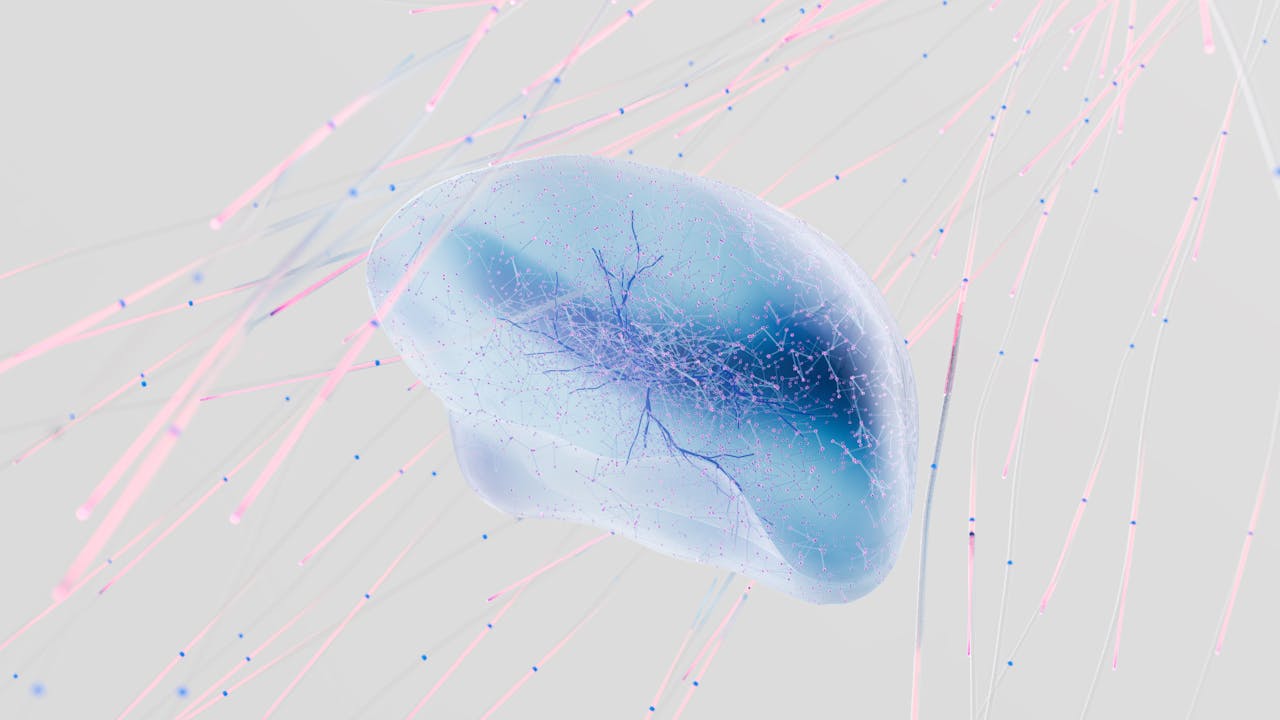Physical Wellness
"Gaydar" Could Work in Less than a Blink of an Eye
"Gaydar," the ability to detect sexual orientation, could be real. A new study suggests that people unconsciously make gay and straight distinctions in less than a blink of an eye.
In a study led by Joshua Tabak, doctoral candidate of psychology at the University of Washington, after seeing faces for only 50 milliseconds college students could judge with surprising accuracy whether someone was gay or straight. Their gaydar persisted even when they saw the photos upside-down, and gay versus straight judgments were more accurate for women's faces than for men's.
"It may be similar to how we don't have to think about whether someone is a man or a woman or black or white," said Tabak. "This information confronts us in everyday life."
In the study, the researchers presented photographs of 111 gay men, 122 straight men, 87 gay women and 93 straight women to 129 student participants. Some of the students were shown upside-down faces, and others saw the faces right-side up.
Researchers used only photos of people without "give away" clues such as facial hair, make-up or piercings. They also cropped the grayscale photos so that only faces, not hairstyles, were visible.
Participants were shown each photo for only 50 milliseconds, about a third the time of an eyeblink.
For women's faces, students were 65 percent accurate in telling the difference between gay and straight faces when the photos flashed on a computer screen. Even when the faces were flipped upside down, participants were 61 percent accurate in telling the two apart.
At 57 percent accuracy, they had a harder time differentiating gay men from straight men. The participants' accuracy slipped to 53 percent – still statistically above chance – when the men's faces appeared upside down.
The difference in accuracy for men's and women's faces may be because participants are more familiar with the concept of gay men than with lesbians, so they may have been more liberal in judging men's faces as gay, Tabak suspects. Another possibility is that the difference between gay and straight women is simply more noticeable than the difference between gay and straight men, Tabak said.
Not everyone possesses gaydar, according to the lead researcher. In his experiments there were "always a small number of people with no ability to distinguish gay and straight faces."
It's unclear why some have better gaydar than others, since studies have only tested this aptitude in college students. Tabak speculates that "people from older generations or different cultures who may not have grown up knowing they were interacting with gay people" may have weaker gaydars.









Join the Conversation